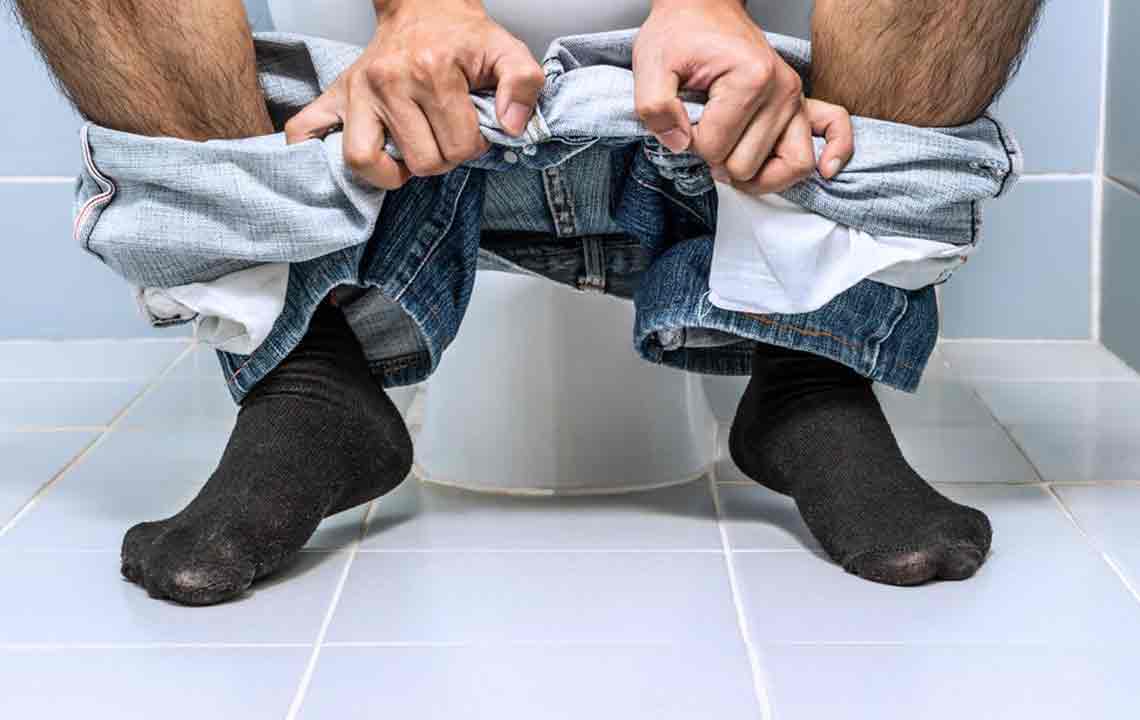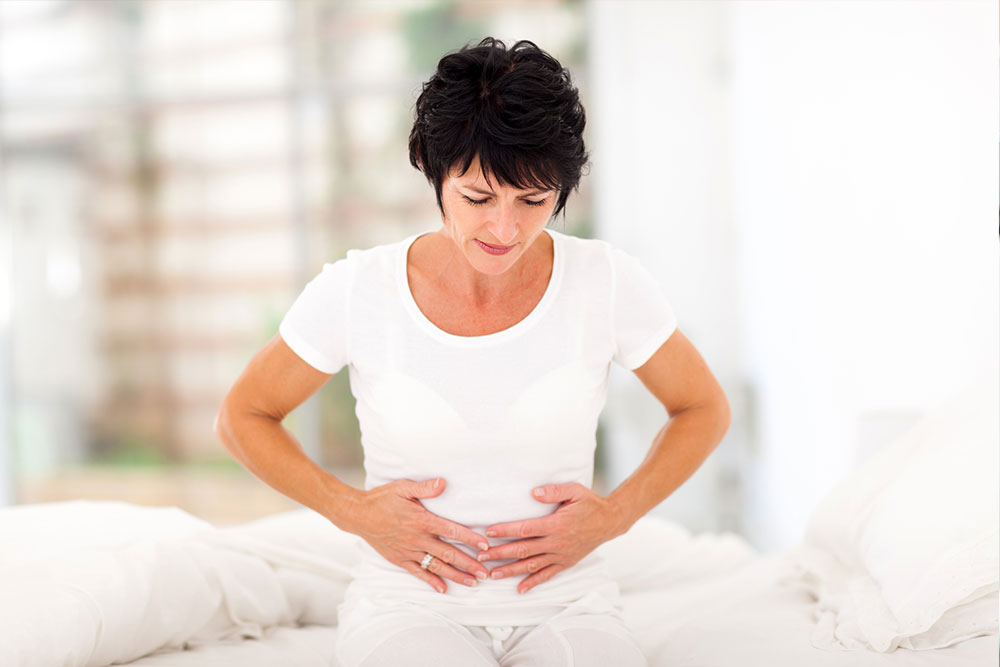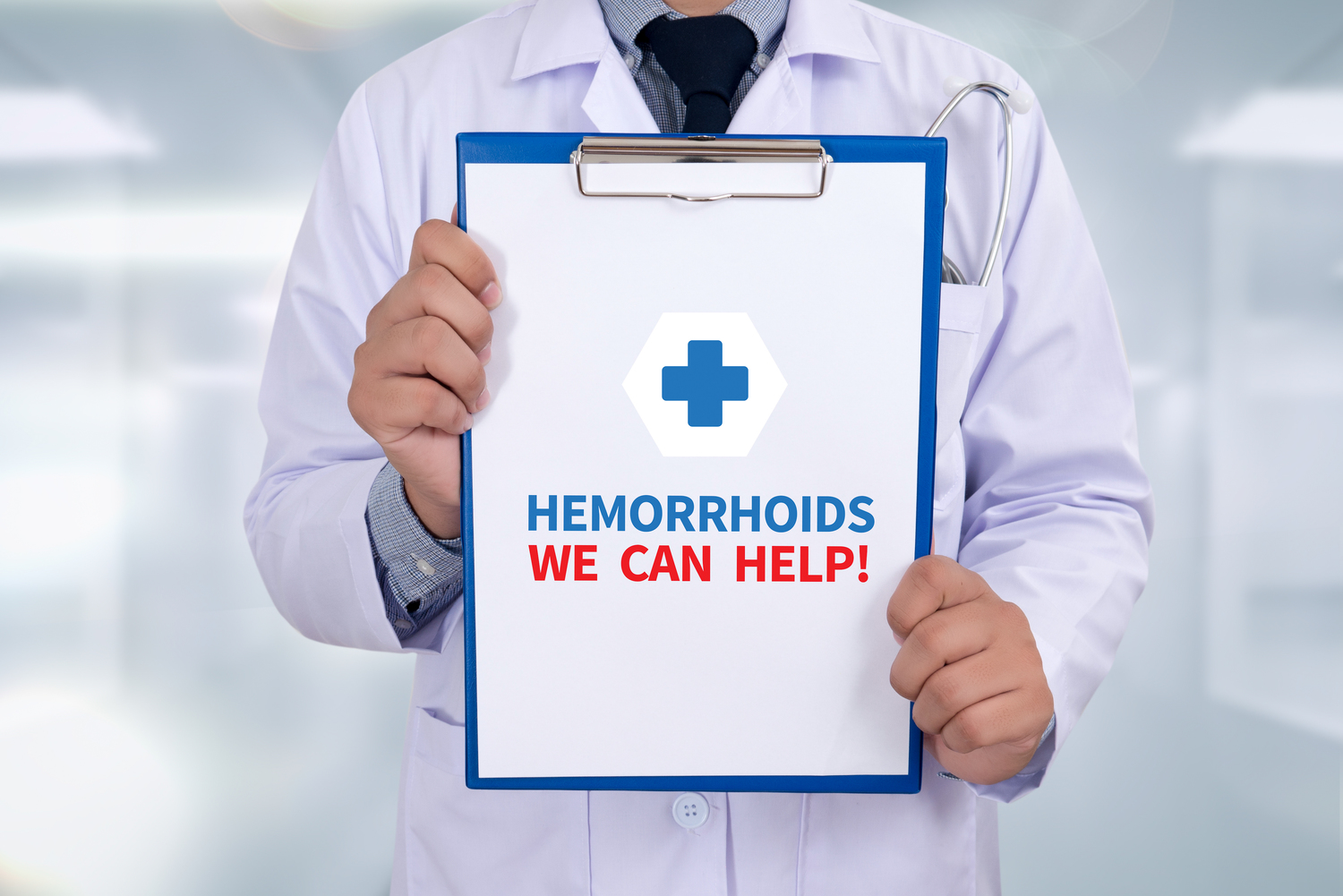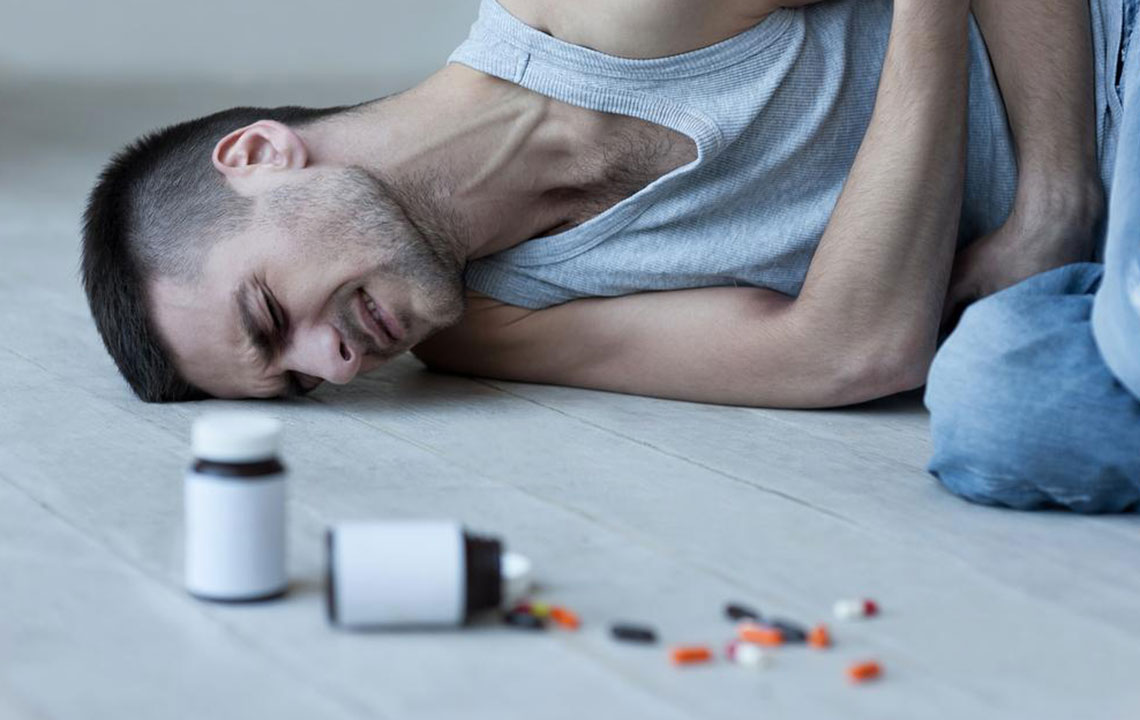Comprehensive Guide to Hemorrhoid Relief: Effective Strategies for Prevention and Treatment
This comprehensive guide explains hemorrhoid types, causes, symptoms, preventive measures, and treatment options. It offers practical advice on lifestyle changes, home remedies, minimally invasive procedures, and surgical solutions. Proper management can help reduce discomfort, prevent complications, and improve quality of life. Early intervention, combined with healthy habits, is essential for effective hemorrhoid control. Tailored medical guidance ensures effective and safe treatment, helping sufferers regain comfort swiftly and prevent recurrence.

A Comprehensive Approach to Hemorrhoid Relief and Prevention
Hemorrhoids, also known as piles, are a prevalent condition that many people encounter at some point in their lives. They manifest as swollen blood vessels in the anus and lower rectum, which can cause discomfort, pain, and bleeding during bowel movements. Recognizing the symptoms early and understanding the available treatment options are key to managing this common condition effectively. This comprehensive guide aims to provide detailed insights into hemorrhoids, their causes, symptoms, prevention methods, and treatment strategies to help sufferers regain comfort and improve their quality of life.
Types of Hemorrhoids: External and Internal
External Hemorrhoids: These develop outside the anal canal, usually causing swelling, pain, and sometimes darker bleeding. When blood pools within the external hemorrhoid and forms a clot, it results in a thrombosed external hemorrhoid, which can be intensely painful. Over time, these often resolve, leaving behind a skin tag or scar tissue. External hemorrhoids are visible and palpable, often felt as a lump around the anal area.
Internal Hemorrhoids: Located within the rectum, internal hemorrhoids are typically less painful because they are innervated less than external ones. They often cause painless bleeding in the stool, which appears bright red, and mucus discharge. If they prolapse outside the anus, they can cause itching, irritation, and discomfort.
Statistics indicate that approximately 75% of individuals will experience hemorrhoids at some stage in their lives, making it a highly common condition. The development of hemorrhoids is influenced by increased pressure within the abdominal and rectal veins, which can be caused by a variety of factors. While precise causes are not always clear, medical research has identified several contributors that increase the risk of hemorrhoid formation.
Common Causes and Contributing Factors of Hemorrhoids
Constipation and Straining: Hard stools and the act of straining during bowel movements contribute significantly by increasing pressure in the anal veins, leading to swelling and inflammation.
Diarrhea: Frequent loose stools can irritate and inflame hemorrhoidal veins.
Prolonged Sitting or Standing: Sitting on the toilet for extended periods or standing for long durations increases pressure within the anal region.
Obesity: Excess weight adds stress on pelvic and rectal veins, making hemorrhoids more likely.
Pregnancy: The increased pressure from the growing fetus and hormonal changes weaken vessel walls, raising the risk.
Diet and Lifestyle Habits: Diets low in fiber lead to hard stools and prolonged sitting times on the toilet. Conversely, a high-fiber diet helps prevent constipation and eases bowel movements, reducing hemorrhoid risk.
Recognizing Symptoms and When to Seek Medical Care
While many develop hemorrhoids at some point, symptoms can vary widely. Some individuals remain asymptomatic, while others experience significant discomfort. Common signs include lumps or swelling near the anus, bleeding during or after defecation, prolapse of hemorrhoids outside the anal opening, itching, irritation, and pain.
It is important to seek medical advice if symptoms persist or worsen. Proper diagnosis can differentiate hemorrhoids from other conditions like anal fissures, fistulas, infections, tumors, or skin diseases that can mimic hemorrhoid symptoms. Early intervention helps prevent complications such as thrombosis or infection.
Effective Prevention and Self-Care Strategies for Hemorrhoids
Prevention is always preferable to treatment. Adopting healthy lifestyle habits can significantly reduce the risk of hemorrhoid development and recurrence. Key measures include:
Avoid Straining During Bowel Movements: Do not force bowel movements or sit on the toilet for prolonged periods. Respond promptly to the natural urge to defecate.
Increase Dietary Fiber Intake: Consuming high-fiber foods like fruits, vegetables, whole grains, and legumes softens stools and reduces straining. Fiber supplements can also be beneficial.
Hydration: Drinking plenty of water prevents constipation and keeps stools soft.
Regular Exercise: Physical activity enhances bowel motility and reduces pressure on hemorrhoidal veins.
Avoid Prolonged Sitting or Standing: Take breaks to move around regularly to decrease pressure buildup.
Additional tips include maintaining good anal hygiene, avoiding irritation from harsh soaps or wipes, and managing weight effectively. These simple lifestyle changes can prevent many hemorrhoid episodes and improve overall rectal health.
Medical Treatment Options for Hemorrhoids
When home remedies are insufficient, several medical procedures are available to treat hemorrhoids effectively. It is crucial to consult a healthcare professional for personalized advice based on the severity of the condition.
Conservative Treatments and Medications
Topical Creams and Ointments: Over-the-counter creams containing ingredients like hydrocortisone, witch hazel, or lidocaine can soothe irritation, reduce swelling, and relieve pain. They are useful in mild cases and as adjuncts to other therapies.
Sitz Baths: Soaking the anal area in warm water for 10-15 minutes several times a day can alleviate discomfort and promote healing.
Oral Pain Relievers: Non-steroidal anti-inflammatory drugs (NSAIDs) such as ibuprofen help manage pain and inflammation.
Minimally Invasive Procedures
Sclerotherapy: An injection of a sclerosing agent like phenol causes the hemorrhoid’s blood vessels to collapse, shrinking the hemorrhoid over time. This is suitable for smaller internal hemorrhoids and has minimal recovery time.
Rubber Band Ligation: A tiny elastic band is placed around the base of internal hemorrhoids above the pectinate line, cutting off blood flow. After about 5-7 days, the prolapsed tissue falls off, with success rates around 87%. Multiple sessions may be necessary for larger or persistent hemorrhoids.
Surgical Interventions
Hemorrhoidectomy: Surgical removal of severe or persistent hemorrhoids is highly effective but involves longer recovery and more discomfort. It is typically reserved for large, thrombosed, or recurrent hemorrhoids resistant to other treatments.
Stapled Hemorrhoidopexy: Also known as procedure for prolapsed hemorrhoids (PPH), this technique uses a special surgical stapler to reposition and secure hemorrhoidal tissue, reducing blood flow and alleviating symptoms.
Timely medical intervention can prevent complications like thrombosis, ulceration, or infection. The choice of treatment depends on the hemorrhoid grade, patient health, and symptom severity. Always seek professional evaluation for appropriate management.
Living Well with Hemorrhoids: Managing and Preventing Recurrence
With proper care and lifestyle adjustments, most individuals can manage hemorrhoids effectively and prevent recurrence. Regular follow-up with healthcare providers ensures optimal treatment outcomes. Key advice includes maintaining a high-fiber diet, staying well-hydrated, exercising regularly, and practicing good hygiene.
Remember, early detection and prompt treatment not only alleviate symptoms but also prevent serious complications. Being proactive about rectal health ensures a better quality of life and long-term comfort.





